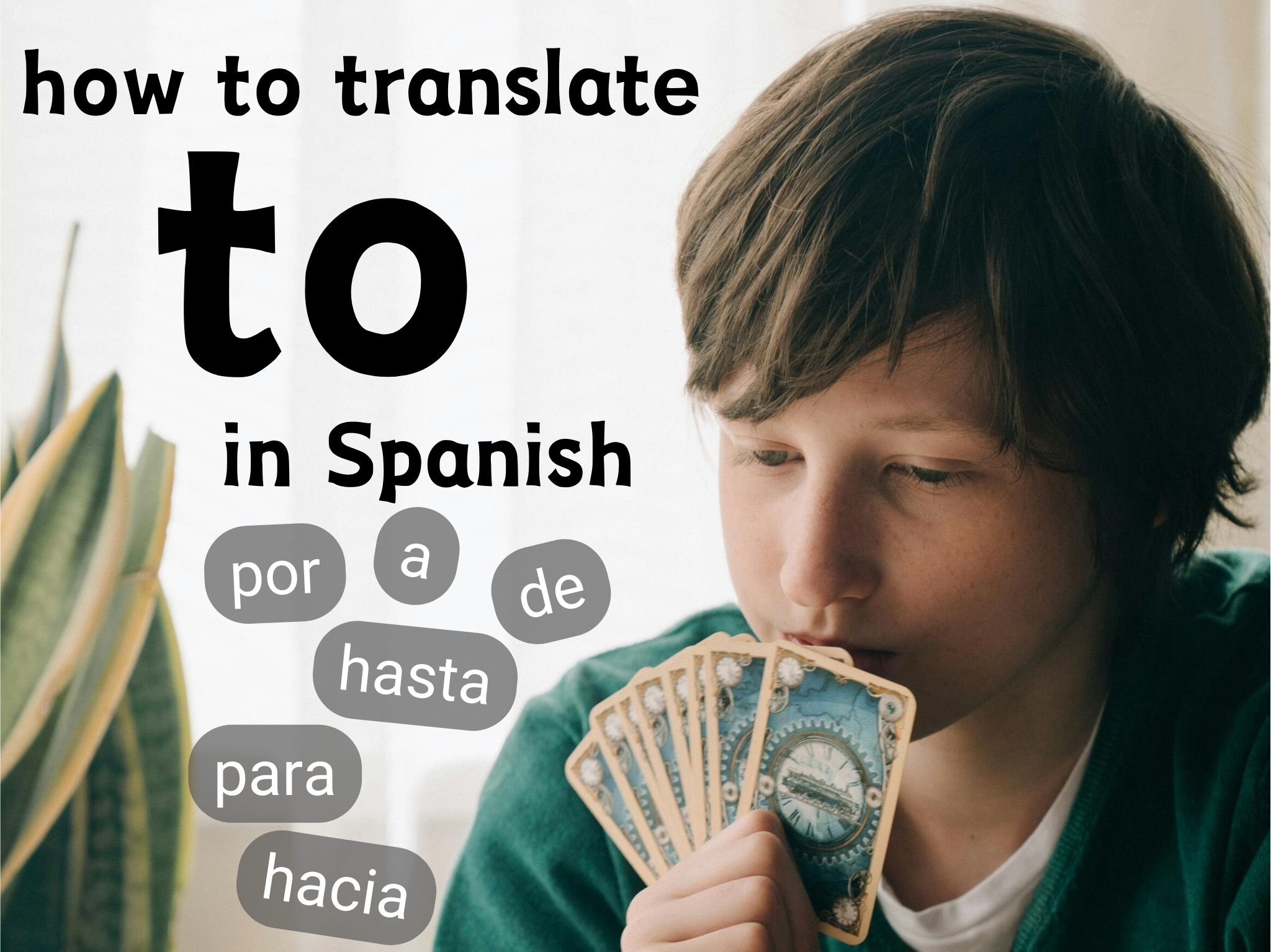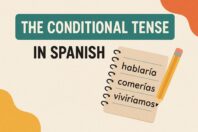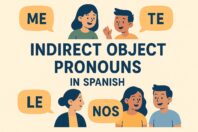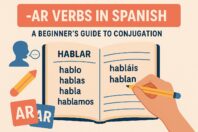To in Spanish: All the possible translations, use by use

Get our free email course, Shortcut to Conversational.
Have conversations faster, understand people when they speak fast, and other tested tips to learn faster.
More infoThe English word to serves a variety of functions in sentences, from indicating direction to expressing purpose. As such, there’s no single translation of to in Spanish. It all depends on its use in the sentence.
Spanish learners often struggle to correctly translate to in Spanish, due to its multiple equivalents and contexts. With this in mind, we’ve prepared this guide to help you navigate the different uses of to in Spanish, ensuring you can communicate effectively and accurately.
Most of the time, to translates simply as a preposition in Spanish. Let’s get started and see the possible translations of to in Spanish, grouped by the contexts in which they’re each used.
To in Spanish: Purpose
When to is used to introduce a purpose, we generally use the Spanish prepositions para or a. In this construction, a or para are followed by a Spanish verb in the infinitive form that expresses the purpose. This could be the intention behind an action, or the purpose of an object.
- Vine a ver el nuevo proyecto. – I came to see the new project.
- Roberto se quedó a descansar un rato. – Roberto stayed to rest for a while.
- Estudio para aprender español. – I’m studying to learn Spanish.
- Ella compró flores para decorar la casa. – She bought flowers to decorate the house.
To in Spanish: Possession
We have several ways of expressing possession in Spanish, which are often translated into English with belong to. Our equivalent verbs with their prepositions are pertenecer a or ser de. Even when we use other constructions, such as with possessive pronouns or possessive adjectives, your English translations may still be built around belong to.
- La libreta verde le pertenece a mi hermanito. – The green notebook belongs to my little brother.
- Esos juguetes no me pertenecen. – Those toys don’t belong to me.
- La libreta es de mi hermanito. – The notebook is my little brother’s. – The notebook belongs to my little brother.
- Esos juguetes no son míos. – Those toys are not mine. – Those toys don’t belong to me.
To in Spanish: Direction
The most common translation of to in terms of direction is a. However, other common translations are hacia and hasta. There are subtle differences in translation between these three, so let’s take a look at them in context first.
- Andrea y yo vamos a la peluquería, ¿vienes con nosotras? – Andrea and I are going to the hairdresser’s, are you coming with us?
- Ellos están corriendo hacia el parque. – They are running to the park.
- Caminemos hasta la playa. – Let’s walk to the beach.
While a simply means to for destinations, hacia and hasta both deal with movement or direction. Hacia indicates a general direction, like towards, while hasta has a specific endpoint in time (until) or space (as far as). These nuances have their respective counterparts when we say from in Spanish, which we explain in detail in our post on de vs desde.
To in Spanish: Time
When expressing time in Spanish, to can be translated as a or hasta when used to talk about precise times or duration.
- La reunión es de 7 a 8AM. – The meeting is from 7 to 8AM.
- Estaré en la oficina desde las 3 hasta las 4PM. – I will be in the office from 3 to 4PM.
When talking about the relation of how many minutes are left to an hour, we use menos or para to express to in Spanish. We explain this and more in our post on how to tell time in Spanish.
- Son las ocho menos cinco. – It is five to eight.
- Faltan diez para las tres. – It’s ten to three.
- Es un cuarto para las doce. – It’s a quarter to twelve.
To in Spanish: Indirect Object
In Spanish, the indirect object is often accompanied by a when to is implied. This is used to indicate to whom or for whom an action is done.
- Le di el libro a María. – I gave the book to Maria.
- Envió una carta a su amigo. – He sent a letter to his friend.
- Luisa le está recitando un poema a la clase. – Luisa is reciting a poem to the class.
To in Spanish: Infinitive use
In English, the infinitive forms of verbs always begin with to. In Spanish, the infinitive form is just one word, ending in -ar, -er, or -ir. This use of to in English therefore just translates into Spanish with the single word of the infinitive verb.
- Amar – To love
- Comer – To eat
- Reír – To laugh
Just like in English, we often use infinitives in Spanish along with other verbs. Let’s take a look at some examples with verbs commonly used with infinitives.
- Los niños quieren jugar en el parque. – The kids want to play in the park.
- A ellos les gusta comer sushi. – They like to eat sushi.
- Nosotros necesitamos practicar más para el torneo. – We need to practice more for the tournament.
Conclusion: How to translate To in Spanish
Understanding how to translate and use the English word to in Spanish can be challenging due to its multiple equivalents and varied contexts. This guide has aimed to clarify these different uses to ensure you can communicate effectively and accurately with each possible use of to.
We’ve covered how to translates to para or a for indicating purpose. For possession, verbs like pertenecer or ser are followed by a and de.
When discussing direction, a, hacia, and hasta are the key prepositions that can all translate into English as to. A is used for specific destinations, hacia indicates general direction, and hasta specifies an endpoint.
In terms of time, a and hasta express precise times or durations. We also use menos or para to tell time as a number of minutes to the hour.
For indirect objects, a indicates to whom or for whom something is done. The infinitive form of verbs that start with to in English are just single words in Spanish ending in -ar, -er, or -ir.
By mastering these different translations of to in Spanish, you’ll enhance your ability to express directions, purposes, possession, time, and actions accurately. Keep practicing these concepts to ensure clarity and precision in your Spanish communication. See you in the next post!



